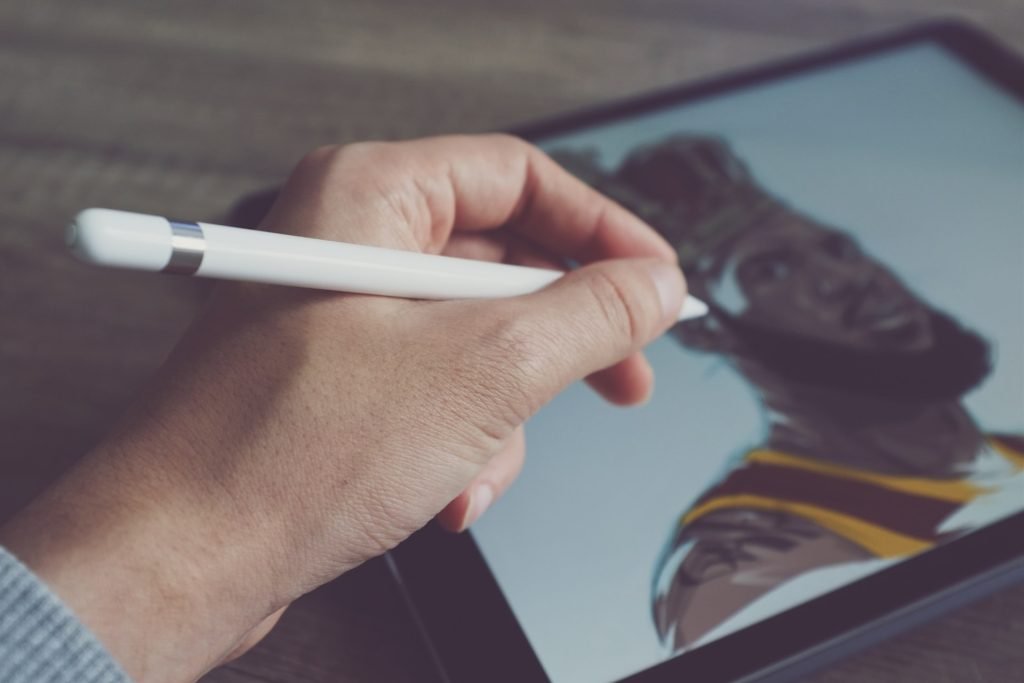Introduction: The art of drawing has transcended traditional mediums to embrace the digital age. Digital Drawings, often referred to as digital art, have gained immense popularity in recent years, thanks to the advent of advanced technology and innovative software with Post Digital Architecture. This article aims to unravel the world of Digital Drawings, offering insights into its history, techniques, tools, and much more.
Digital Drawings: A Brief Overview
Digital Drawings, as the name suggests, are drawings created using digital tools and software. Unlike traditional art forms that involve physical materials like pencils, paints, and paper, digital drawings are crafted on electronic devices such as tablets, computers, or even smartphones. This digital medium opens up a world of possibilities, allowing artists to experiment with various styles, colors, and effects seamlessly.
The Advantages of Digital Drawings
Endless Creativity
Digital drawings provide artists with an infinite canvas where the only limit is their imagination. With a vast array of digital brushes, textures, and colors at their disposal, artists can bring their wildest ideas to life.
Easy Corrections
Mistakes are a part of the artistic process, but digital drawings offer the advantage of easy undo and redo functions. Artists can make corrections without the fear of ruining their work.
Accessibility
Creating digital art is more accessible than ever before. From affordable graphic tablets to free drawing software, anyone can explore their artistic side without a significant financial investment.
Versatility
Digital drawings can be easily manipulated and adapted for various purposes. Whether it’s for a digital illustration, web design, or animation, the versatility of digital art is unmatched.
Digital Drawing Techniques
Sketching
The foundation of any drawing is the initial sketch. Digital artists use specialized styluses or digital pens to create preliminary outlines and shapes.
Line Art
Line art involves refining the sketch by adding clean and defined lines. Artists can experiment with line thickness and style to achieve different effects.
Coloring
Coloring is where the magic happens. Artists select colors and apply them to their drawings, adding depth and vibrancy to their work. Digital tools offer precise control over color selection and blending.
Shading and Highlights
Shading and highlights create depth and dimension in digital drawings. Artists use various techniques, such as layering and blending, to achieve realistic lighting effects.
Texturing
Texturing involves adding details like textures, patterns, and gradients to enhance the overall look of the artwork. This step adds a tactile quality to the digital drawing.
Essential Tools for Digital Drawings
Graphic Tablets
A high-quality graphic tablet is essential for digital artists. It provides precise input and pressure sensitivity, allowing for natural and accurate drawing.
Digital Pens
Digital pens, also known as styluses, are the artist’s brush. They come in various types, offering different levels of pressure sensitivity and customization options.
Drawing Software
Choosing the right drawing software is crucial. Popular options include Adobe Photoshop, Corel Painter, and Clip Studio Paint, each offering unique features and capabilities.
Computer or Tablet
A capable computer or tablet with sufficient processing power is necessary to run the chosen drawing software smoothly.
FAQs (Frequently Asked Questions)
Q: How does digital drawing differ from traditional drawing?
Digital drawing is done on electronic devices using software and digital pens, while traditional drawing uses physical mediums like pencils and paper. The digital medium offers more flexibility and undo options.
Q: Can I start digital drawing as a beginner?
Absolutely! Many user-friendly software options and affordable graphic tablets cater to beginners. With practice and dedication, anyone can become proficient in digital drawing.
Q: Is digital drawing as satisfying as traditional drawing?
Digital drawing offers its unique satisfaction, especially in terms of easy corrections and the ability to experiment with various styles and effects.
Q: Are there online communities for digital artists?
Yes, there are numerous online communities and forums where digital artists can share their work, seek advice, and connect with fellow artists.
Q: Can I make a career out of digital art?
Certainly! Many artists make a successful career out of digital art, working in fields like illustration, concept art, animation, and graphic design.
Q: What is the future of digital drawings?
The future of digital drawings is bright, with continued advancements in technology and software. It’s likely to become an even more integral part of the art world.
Conclusion
Digital Drawings have emerged as a dynamic and exciting form of artistic expression. With their boundless creativity, accessibility, and versatility, they offer a unique platform for artists to showcase their talent and bring their visions to life. Whether you’re a seasoned artist or just starting, the world of Digital Drawings invites you to explore, experiment, and create. So, grab your digital pen and embark on a journey where the only limit is your imagination.

